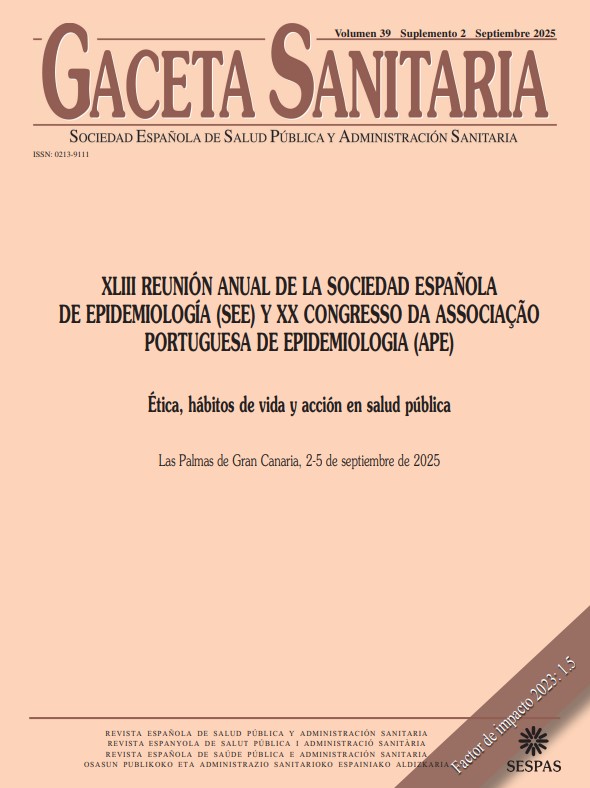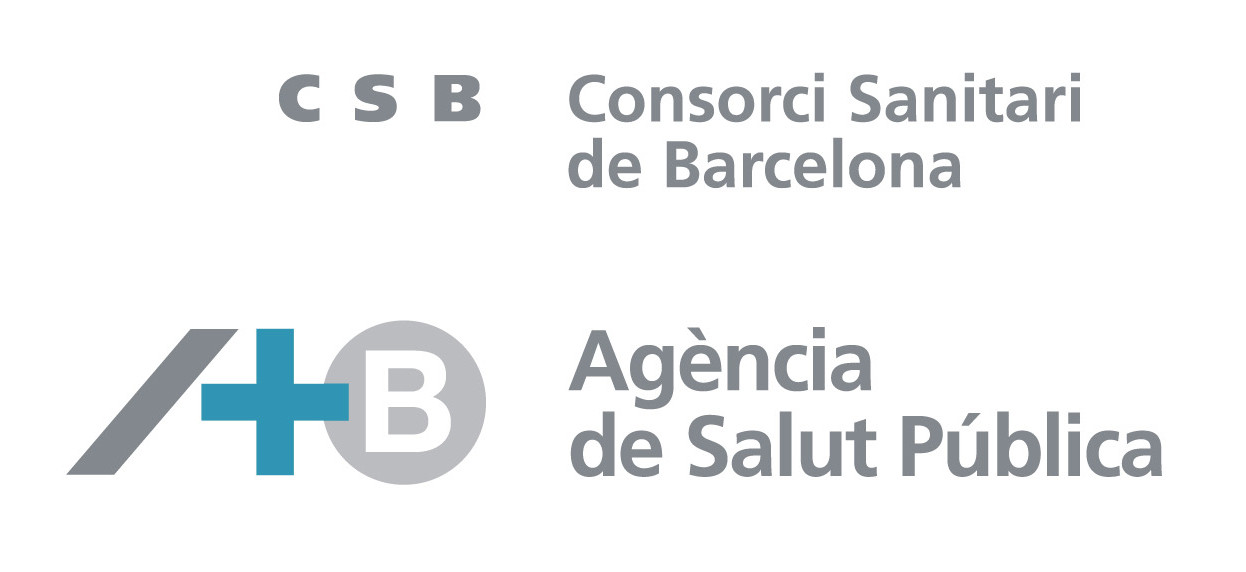832 - MPOX VACCINATION IN CATALUNYA: INSIGHTS ON COVERAGE, DEMOGRAPHICS, AND BREAKTHROUGH CASES
Fundació Institut Universitari per a la Recerca a l'Atenció Primària de Salut Jordi Gol i Gurina; Department of Data Science & Biostatistics, UMC Utrecht; Unit of Pharmacology and Pharmacovigilance, Department of Clinical and Experimental Medicine, University of Pisa; Public Health Agency of Catalonia.
Background/Objectives: In May 2022, the first human-to-human Mpox outbreak outside Africa was detected. In response, Spain launched a vaccination program in June 2022, prioritizing high-risk groups. The objective is to characterize Mpox vaccination in Catalunya, focusing on sociodemographics, vaccination patterns, comorbidities, and post-vaccination infection rates.
Methods: A retrospective cohort study was conducted using SIDIAP (Information System for Research in Primary Care) data from December 2019 to June 2024. The study included adults who received at least one Mpox vaccine dose from June 2022 (index date), with a minimum six-month medical history before vaccination. We analyzed sociodemographics, vaccination details (dose count, mean interval ± SD, range), comorbidities, COVID-19 history and vaccination status, and lifestyle factors. Post-vaccination Mpox incidence (ICD-10-CM: B04) and mean time to onset were assessed.
Results: We analyzed 7,629 Mpox-vaccinated individuals (98.4% male, mean age 38.7 ± 9.7, range 18-79), mostly from Spain (58.6%). According to the MEDEA index, 27.5% lived in high socioeconomic areas. Most had a normal BMI (n = 1,006), consumed alcohol (n = 1,861), and were non-smokers (n = 1,644). A second dose was received by 55.1% (n = 4,206), with a mean interval of 119 days (SD 77.9, range 25-641). COVID-19 infection history was present in 3,661 individuals, and 67% (n = 5,107) had received three COVID-19 vaccine doses. Comorbidities were infrequent, including diabetes (n = 39), hypertension (n = 268), dyslipidemia (n = 205), immunodeficiency (n = 65), serious heart conditions (n = 40), kidney disease (n = 52), HIV (n = 39), and transplants (n = 5). Sexually transmitted infections were also rare (gonorrhea n = 320, syphilis n = 173, chlamydia n = 129). Post-vaccination Mpox infections were uncommon (n = 12), with seven cases after the first dose (mean onset: 41 days, SD 35.1, range 7-108) and five after the second dose (mean onset: 182 days, SD 103.1, range 93-322).
Conclusions/Recommendations: Vaccine uptake was high among high-risk groups, particularly individuals with high-risk sexual practices. The low post-vaccination infection rate supports the effectiveness of targeted, risk-based vaccination strategies. Continued surveillance and tailored interventions are essential to further reduce Mpox transmission.















